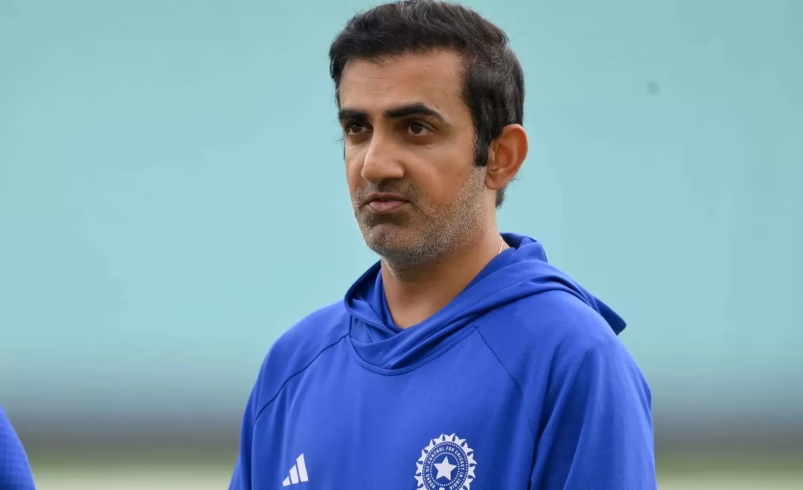Manoj Tiwary blames Gautam Gambhir for senior players’ retirements
- October 7, 2025
- 0

Former cricketer Manoj Tiwary has ignited a major debate in Indian cricket by alleging that coach Gautam Gambhir played a decisive role in the exit of several legendary players. According to Tiwary, the environment under Gambhir’s leadership contributed to the retirements of Rohit Sharma, Virat Kohli, and R Ashwin — three of India’s most celebrated names in modern cricket.
Tiwary did not hold back while expressing his disapproval of Gautam Gambhir’s approach as coach. He claimed that Gambhir “made sure” senior players were sidelined or felt compelled to step away from the game. The former batter suggested that such decisions have disrupted the team’s balance and morale, raising questions about how experienced players are being managed within the national setup.
In his remarks, Tiwary painted a picture of a tense environment where established stars allegedly struggled to find comfort or support under Gambhir’s guidance. He implied that this atmosphere may have accelerated their decisions to retire. While he did not provide specific incidents, his comments suggest deep dissatisfaction with what he perceives as an overly rigid or confrontational coaching style.
The claim has sparked widespread discussion among fans and analysts about how leadership transitions affect team chemistry. The departure of seasoned players like Rohit Sharma, Virat Kohli, and R Ashwin represents not only a shift in experience but also a potential change in dressing room culture. Critics argue that losing such influential figures too soon could leave a gap in mentorship for younger cricketers still finding their footing at the international level.
Beyond individual retirements, Tiwary also questioned whether communication between management and senior players has been transparent enough. He hinted that unclear messaging or lack of mutual respect might have contributed to misunderstandings about future roles within the team. Such concerns highlight ongoing debates about how India manages transitions between generations while maintaining performance consistency on the field.
Tiwary’s remarks have divided opinion across social media and cricketing circles. Some supporters believe he is raising valid concerns about leadership accountability, while others view his statements as unnecessarily provocative without concrete evidence. Regardless of perspective, his comments have reignited conversations about how much influence coaches should wield over player careers — especially when dealing with icons who have shaped Indian cricket for more than a decade.
The controversy underscores the delicate balance between authority and empathy in sports management. As discussions continue, many will watch closely to see whether these allegations prompt introspection within Indian cricket circles or fade as another chapter in its long history of internal debates over leadership styles and player treatment.